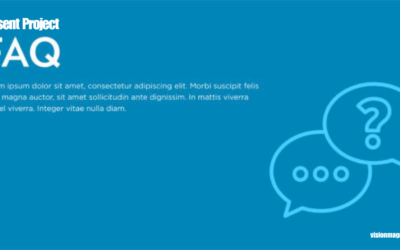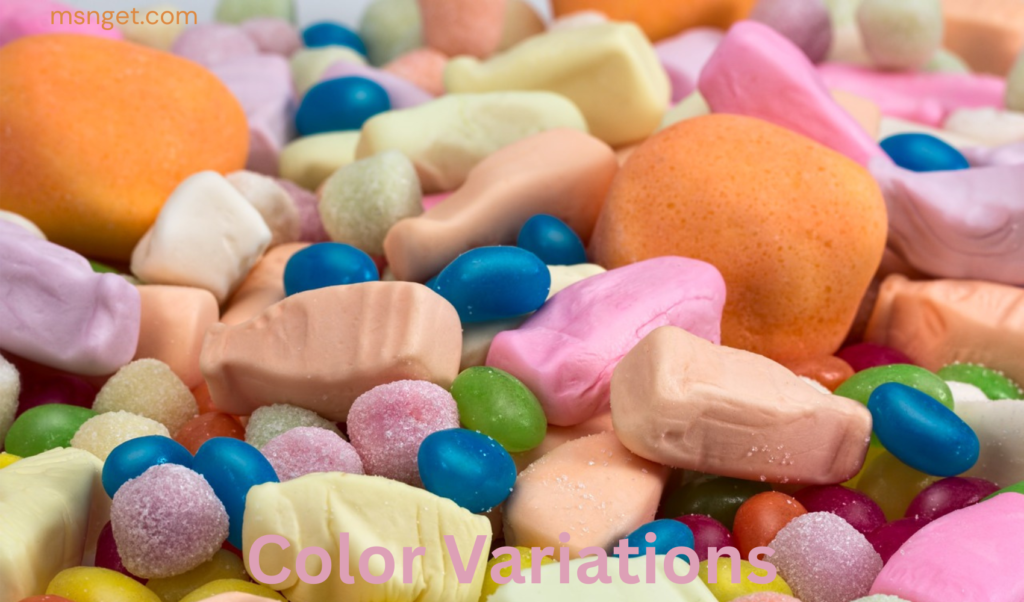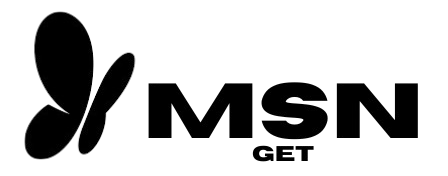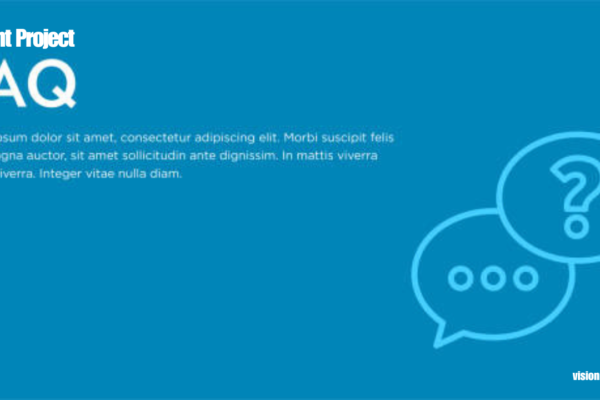

Shrug Emoji
A Universal Expression
The shrug emoji has become an iconic symbol in digital communication. Whether it’s expressing confusion, indifference, or a lack of concern, the emoji is a go-to for many people in everyday conversations. It’s an image of a person with raised shoulders, palms facing upward, and often a neutral or slightly questioning facial expression. This simple yet powerful symbol has taken root in how we convey emotions online.
Early Adoption
The journey of the shrug emoji began long before its official addition to Unicode. Initially, the shrug gesture was popular in text form using characters like this: ¯_(ツ)_/¯. It was widely used in online forums and early chat rooms to express a variety of sentiments. From the start, its universal appeal made it stand out as a versatile emoticon that users could rely on to convey nonchalance or uncertainty.
Unicode Inclusion
In 2010, the shrug emoji was officially included in the Unicode standard. This marked a significant point in its journey, as its formal recognition allowed it to be standardized across different platforms and devices. With this move, the emoji became widely available and easier to use. This step boosted its popularity as users now had a quick, visual way to express emotions without typing out the text version.
Common Uses
The shrug emoji is most commonly used to express indifference, uncertainty, or a lack of interest. When someone is unsure about a situation, they might use the shrug to signify that they don’t have an answer. Similarly, when conveying indifference, the shrug is a perfect fit for the sentiment of “I don’t care” or “It doesn’t matter to me.” It has also become a popular tool to express a humorous or sarcastic tone, allowing users to downplay a situation with ease.

Indifference
One of the most prominent uses of the shrug emoji is to communicate indifference. In today’s fast-paced digital conversations, where tone and body language can often get lost, this emoji helps bridge the gap. When someone uses it, they are usually expressing that they are not overly invested in the outcome of a discussion or situation. This lighthearted approach allows people to signal that they are not concerned or bothered, adding a casual tone to the conversation.
Also Read: Error Call to a Member Function getCollectionParentId() on Null
Uncertainty
Another common application of the shrug emoji is to show uncertainty. When you don’t have a clear answer to a question or are unsure about a topic, the shrug perfectly captures that state of mind. It has become a shorthand for “I don’t know” or “I’m not sure,” allowing users to express doubt or confusion in a single symbol. This makes it ideal for situations where more explanation isn’t necessary or when the subject matter is ambiguous.
Humor and Sarcasm
Beyond its straightforward uses, the shrug emoji has also taken on a role in humor and sarcasm. Whether it’s downplaying a potentially stressful situation or responding to a trivial concern, the shrug can add a lighthearted tone to conversations. Its simplicity allows for a range of interpretations, often with a wink of sarcasm, making it a popular choice for people looking to keep things casual and fun.

Variations in Arm Position
Depending on the platform, the shrug emoji may vary in its appearance. One of the most noticeable differences is the position of the arms. Some platforms depict the arms raised high, almost in a dramatic fashion, while others show them lower, creating a more subtle gesture. These variations affect the tone of the emoji, with higher arms potentially giving off a more exaggerated or playful vibe.
Facial Expression
Another subtle variation can be found in the facial expressions associated with the shrug emoji. While the core meaning remains the same, the face of the emoji can change from one platform to another. Some versions show a completely neutral face, while others may add a hint of confusion or amusement. This small detail adds another layer of flexibility, allowing users to pick a shrug that best matches their intended tone.
Color Variations
The shrug emoji also comes in different color variations, depending on the theme or device being used. While many platforms stick to the standard yellow emoji face, others offer a range of skin tones to make the emoji more inclusive. These options allow users to personalize their communication, adding another dimension to how people can represent themselves online.

Cultural Relevance
The rise of the shrug emoji isn’t just about technology—it also reflects cultural changes in how we communicate. In an age where brevity is key, the shrug has found its place as a quick, effective way to communicate a range of feelings. It mirrors a real-life gesture that crosses language barriers, making it an invaluable tool for global digital communication.
Adaptability
One of the reasons the shrug emoji remains so popular is its adaptability. It can be used in serious discussions, lighthearted banter, or anywhere in between. Its neutral stance allows users to insert it into a variety of contexts without it feeling out of place. This versatility has cemented its role as a staple of online dialogue.
Social Media Popularity
With the rise of platforms like Twitter, Instagram, and Facebook, the shrug emoji has seen a surge in use. It’s especially common in comment sections and casual threads, where people want to express mild confusion or a lack of concern quickly. Its presence in memes and viral content further solidifies its role in modern digital culture.

Emojis and Emotional Expression
Emojis like the shrug emoji have revolutionized the way we express emotions online. In the absence of body language and tone, they fill in the gaps, giving users a visual way to convey feelings that words alone might miss. The shrug, in particular, captures a moment of indecision or lack of commitment, making it a favorite for nuanced conversations.
Memes and the Shrug
The shrug emoji has also found its way into meme culture, where it’s often used to emphasize a humorous or sarcastic point. Its inclusion in internet jokes and viral content helps to keep it relevant and fresh, even as new emojis are added. The shrug’s versatility makes it a perfect match for memes’ ever-evolving nature.
Platform Differences
Despite its universality, the shrug emoji is different across all platforms. Apple, Google, and other tech companies each have their versions of the emoji, which can lead to slight differences in appearance. However, the core meaning remains the same, allowing it to be easily understood regardless of the platform.
Shrug in Pop Culture
Beyond the internet, the shrug emoji has made its mark in popular culture. It’s been referenced in television shows, movies, and even music, showcasing its broad appeal. Its ability to represent both casual and profound emotions makes it a versatile tool in media, just as it is in daily online communication.

Future of Emojis
As technology evolves, so too will the world of emojis. However, the shrug emoji is likely to remain a fixture in digital communication. Its timelessness comes from its ability to convey a range of emotions with just one image. Whether you’re unsure, indifferent, or just playing around, the shrug will continue to be a go-to symbol.
Conclusion
The shrug emoji is more than just a simple graphic. It has become a crucial part of how we communicate in the digital world, offering a quick and easy way to convey a variety of emotions. Its versatility, adaptability, and cultural significance ensure that it will remain a key player in the evolving language of emojis. Whether you’re expressing indifference, uncertainty, or humor, the shrug emoji is a perfect fit.















One thought on “Shrug Emoji”